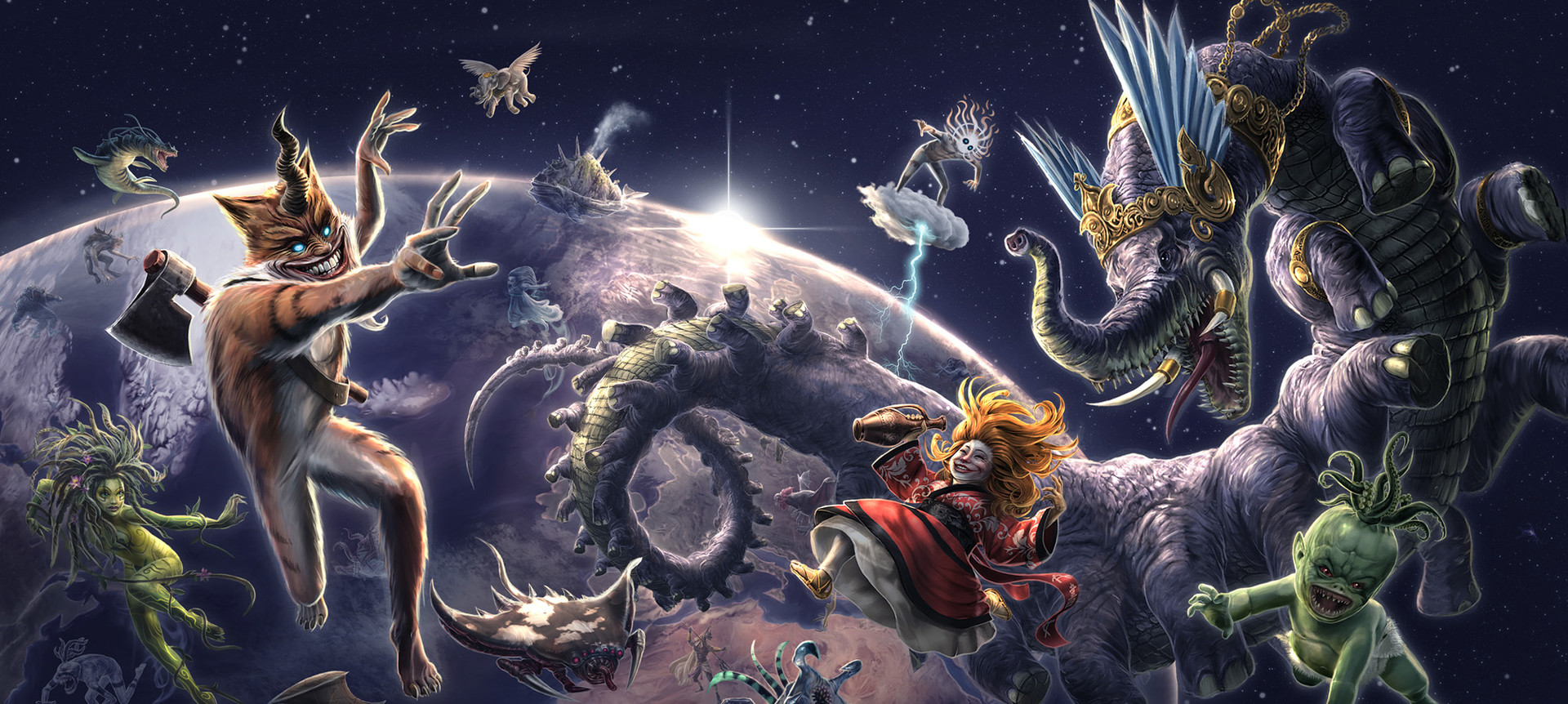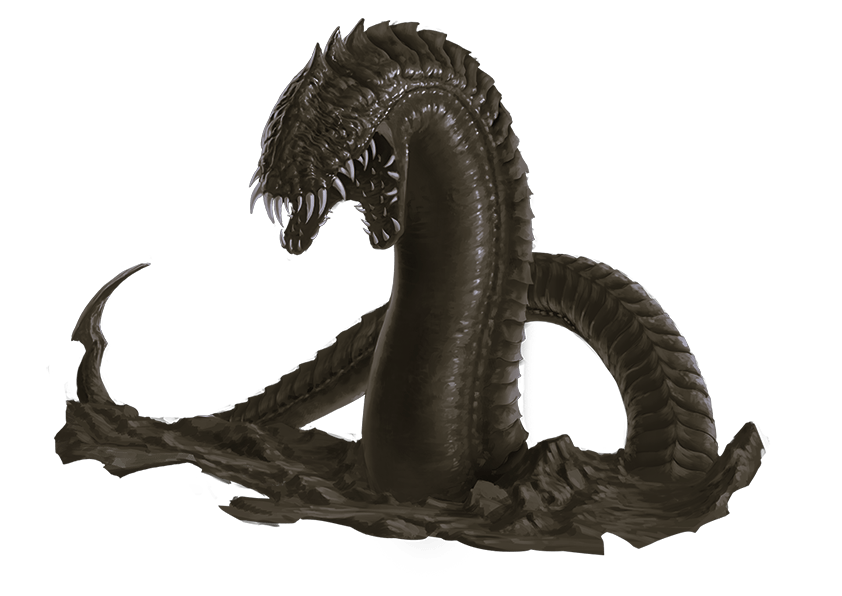Cave Wurms
A massive wurm that lives in the Dragon Blood Desert, pretending to be a shady cave in which to rest. These creatures have a symbiotic relationship with a type of Kimakeza.
Basic Information
Anatomy
Extremely large, they have rocky skin and craggy insides that are almost indistinguishable from actual rock unless checked thoroughly.
Ecology and Habitats
Cave Wurms reside in the Dragon Blood Desert, where they will burrow beneath the ground, before coiling up and sticking their heads just above the shifting sands. They will then lie perfectly still for days, or even weeks at a time, pretending to be a shady cave that is perfect for some unsuspecting creature or adventuring party to rest in.
Dietary Needs and Habits
Cave Wurms eat meat, lying in wait for prey for long stretches of time. Once its prey has entered its mouth, the Cave Wurm will slam its jaws shut and swallow, forcing the captured prey into its cavernous stomach. Once there, the prey will encounter a sub-species of Kimakeza, which will assault them until the prey is dead. Once this is the case, the insects will gather up the remains and begin processing them as they normally would.
Once the meat has been reduced to a thick slurry, the Kimakeza will pour at least three 'jars' worth of the slurry into the Cave Wurm's secondary stomach, where it is absorbed by the creature.
Behaviour
Cave Wurms are simple creatures, not varying their method of hunting even after it has failed them. They will seldom chase down prey themselves, unless absolutely necessary (Such as due to starvation), preferring their ambush tactics to actual fighting.
If pressed into a situation where the Cave Wurm is forced to fight, it will do so to preserve its life, attempting to flee by burrowing if injured enough. When attacked, the Cave Wurm lets out an ear-splitting howl that is capable of being heard from up to 50 miles away, and will draw other Cave Wurms to its location. It can also release several swarms of Kimakeza to distract its assailants in order to escape.
Additional Information
Perception and Sensory Capabilities
They are capable of sensing vibrations through the sand up to 120 feet away from there bodies, which are extremely long.
Image of a Cave Worm
Conservation Status
Actively hunted for their thick, rocky hides that made excellent armor and tent material, their meat is considered a delicacy on the continent of Bar-Oinur.
Geographic Distribution



